Before the Redo
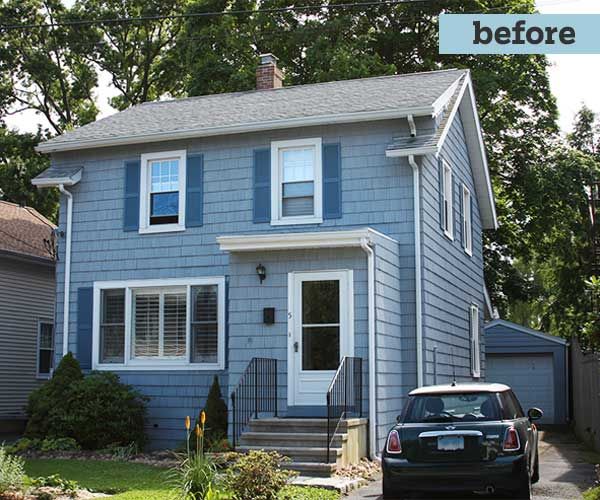
“The entryway just looks like a box, but I’m stumped as to how to improve it,” says Tyler Wille of his 1920s starter home, in Norwalk, Connecticut. To give him some ideas, we turned to designer Keith C. Bigelow of nearby Ridgefield.
“In old neighborhoods like this one, space is tight and people try to get extra room however they can,” Bigelow says. “In this case, the entryway might have been an open porch that was later enclosed.” The bumpout gives the house a much-needed mudroom and coat closet, but it detracts from the home’s charm.
After the Redo
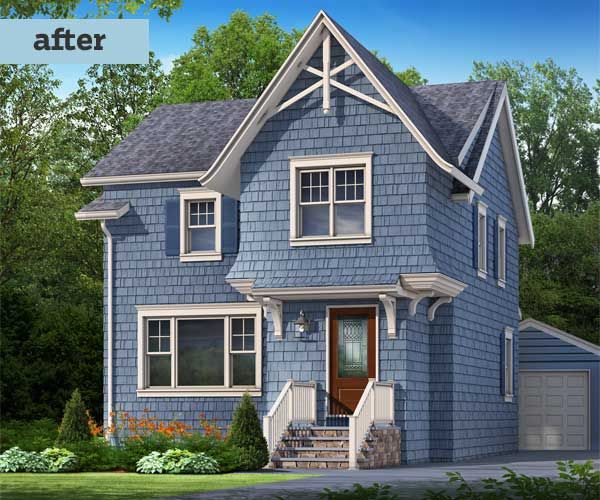
Bigelow suggests building a gabled addition to soften the entryway’s boxy look while boosting the size of a second-floor bedroom. Stick-style elements, including an open truss in the gable and flared eaves, add a major dose of personality to the facade.
“I would have never thought to build up,” Tyler says. “But I love the idea of claiming a little extra square footage upstairs.
Railing
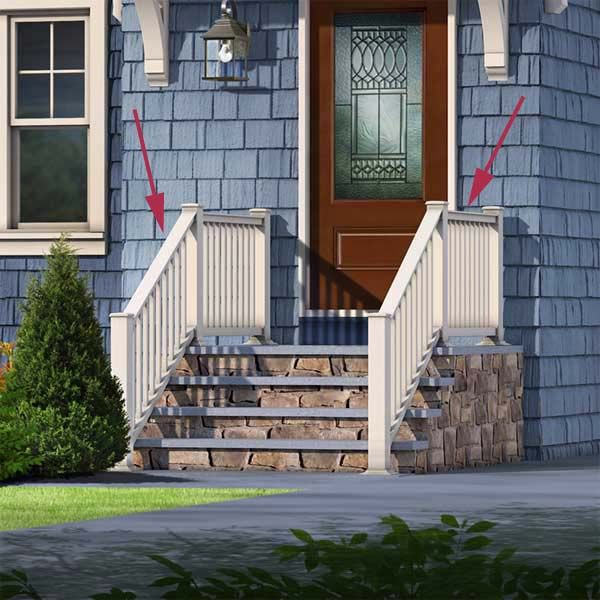
Replacing the wrought-iron railing for one made of low-maintenance PVC draws more attention to the entryway. The bright white railing pops against the blue-painted cedar shingles, and its classic style complements the facade’s other white architectural details.
Matching Gables
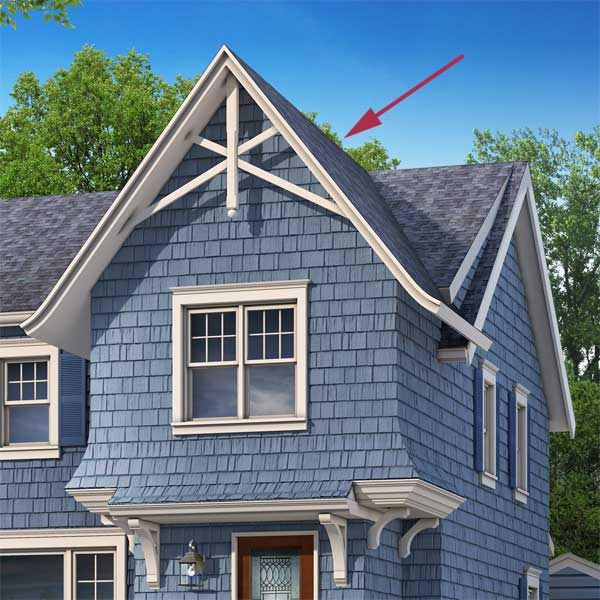
Existing and new gables are the same height to marry the old and new parts of the house.
Cornices
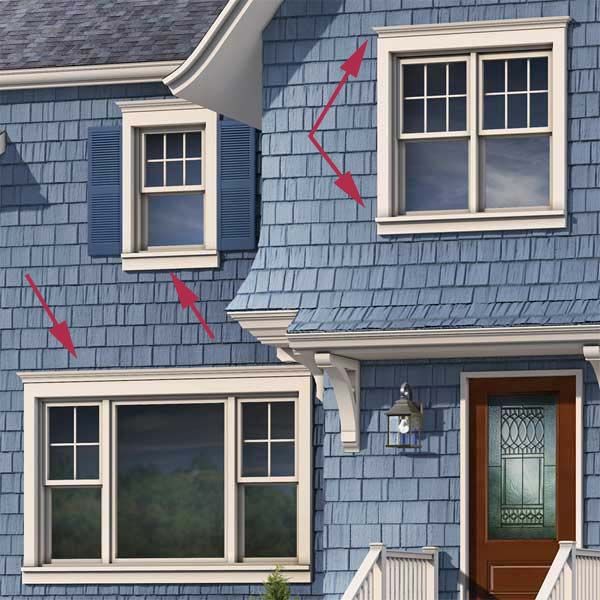
Dressing up the windows with extra trim helps restore the home’s vintage charm.
Brackets
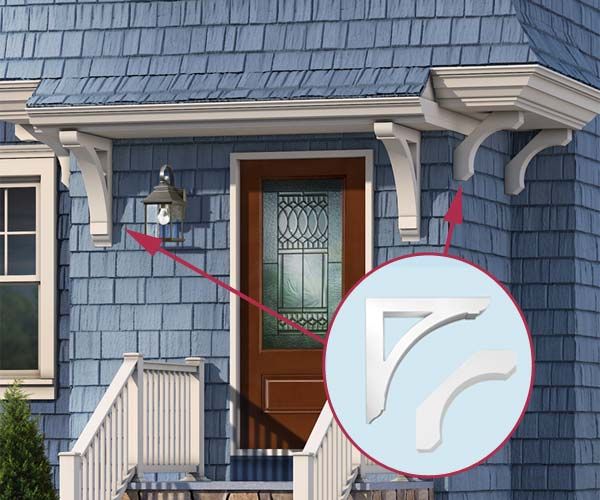
Stylish urethane versions won’t rot like wood.
Fypon; about $165 (left in insert) and about $25 (right in insert)
Sconce
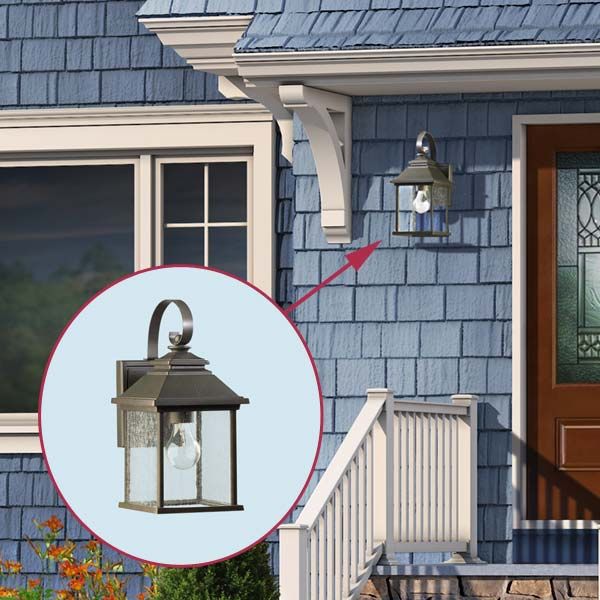
A bronze-finished carriage lantern amps up the cottage look.
Bellacor; about $85
Stone Veneer
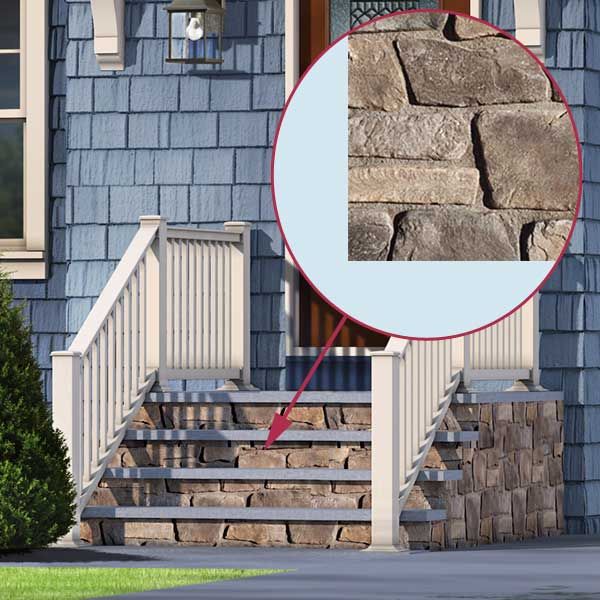
Fieldledge makes a nice upgrade for a concrete stoop.
Eldorado Stone; from $6 per square foot
Door
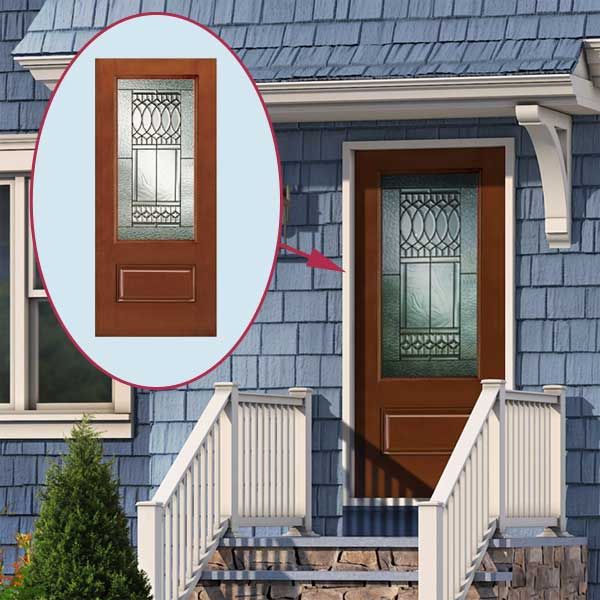
Textured glass, set in an easy-care fiberglass frame, invites light into the mudroom.
Jeld-Wen; about $925